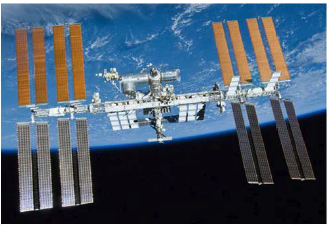Author(s): Dr. Thomas Neff;
|
Satellites are needed to monitor local and remote environments, and are equipped with a vast array of different sensors, often as part of a sensor network. They are used for communication, command and control, navigation, intelligence, surveillance and reconnaissance, and are an important asset supporting military operations. NATO operations depend heavily on such support systems in space. Therefore, it is in NATO’s interest to ensure that space-based infrastructures are preserved, maintained and improved.
Citation:
ABSTRACT
Sensor networks provide critical information with sufficient accuracy and timeliness to support the manoeuvre of military forces and the targeting of their weapons. In addition to existing sensor networks, the advent of small satellites—that can be produced at comparably low cost and launched in great numbers—may help to build up new types of sensor networks with enhanced sensitivity and imaging capability for future Intelligence, Surveillance, and Reconnaissance (ISR) missions. Supporting the field of SSA is key to ensure independent space access and utilization through timely and accurate delivery of information on the space environment, particularly on hazards to in-orbit and ground infrastructure. A key element in this scenario is represented by Space Surveillance and Tracking (SST), which ensures that Resident Space Objects (RSOs) are continuously detected and tracked. Correct RSO localization ensures that collision avoidance is performed effectively with minimum risk of loss of system functionality. Moreover, awareness about satellite position, attitude, payload and behaviour represents a tactical and strategic advantage for military operations.


